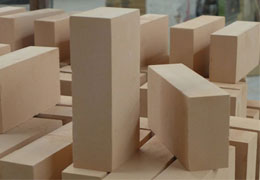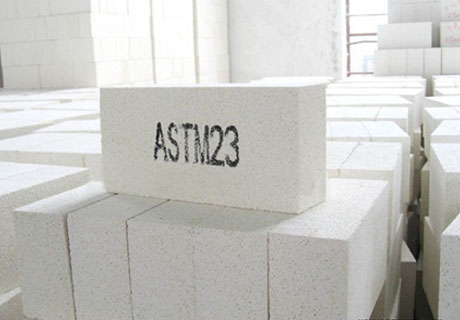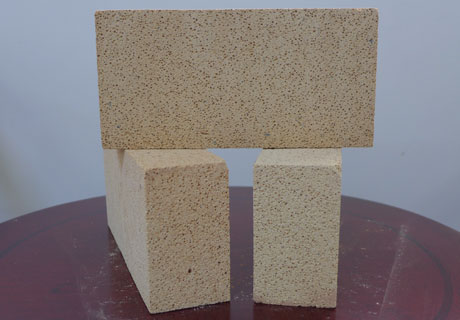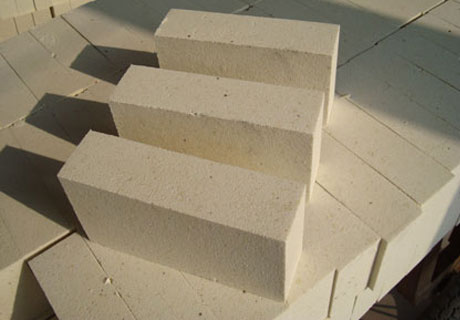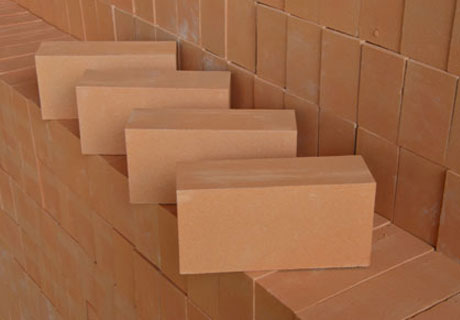Description
Light Weight Clay Insulation brick is made of local top grade fireclay materials under the high temperature according to the lasted national standard, which possesses even bulk density, high strength, low thermal conductivity and low impurity. The temperature in the 1200-1400 ℃. Ingredients are mixed with water made of plastic material or mud, mud with extrusion or pouring shape, 1250-1350 ℃ after dry burning oxidation atmosphere. The volume density of commonly used clay bricks is 0.75-1.2 g/cm3. In reality, more than 1.0, Light weight fire clay brick insulation brick index is the most concise method to judge its performance.
Light Weight Clay insulation bricks are made of fire-resistant clay as the main raw material and have a content of 30%~48% of insulation refractory products with Al2O3 content. The production process use the burn-in addition method and the foam method, refractory clay, float beads, and refractory clinker were used as raw materials, and binders and sawdust were added. After mixing, mixing, molding, drying and firing, a product with a bulk density of 0.3-1.3 g/cm3 was obtained. Clay insulation bricks account for more than half of the total output of insulating firebricks.
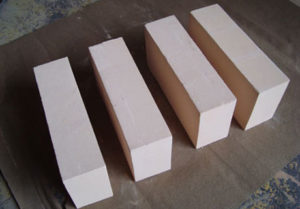
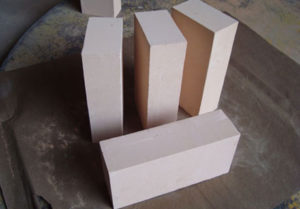
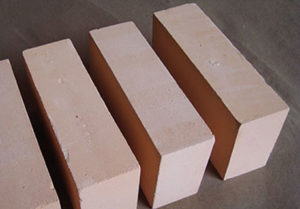
Performance
Fire clay insulation bricks are produced from high purity fire clay and binder, by sintering through high temperature. They are low cost refractory insulation bricks with high performance. Main advantages are high refractoriness under load, low line expansion coefficients, good thermal shock resistance and strong ability to resist erosion.
Technical Datas
| Brand | NG-0.5 | NG-0. 6 | NG-0. 8 | NG-1.0 | NG-1.3 | NG-1.5 | |
| USA Brand | ISO125-0.5 | ISO125-0.6 | ISO135-0.8 | ISO135-1.0 | ISO140-1.2 | ISO140-1.5 | |
| Max Service Temperature (℃) | 1150 | 1200 | 1280 | 1300 | 1350 | 1400 | |
| Bulk Density (g/cm3) | 0.55 | 0.6 | 0.8 | 1 | 1.3 | 1.5 | |
| Apparent Porosity % | 80 | 70 | 60 | 55 | 50 | 40 | |
| Cold Crushing Strength (Mpa) ≥ | 1.5 | 2 | 2.5 | 3 | 4 | 6 | |
| Reheating Linear Change (%) ℃X 12H ≤ | 1250℃ -0.5 | 1300℃ -0.5 | 1350℃ -0.5 | 1350℃ -0.9 | 1350℃ -0.9 | 1350℃ -0.9 | |
| Thermal conductivity(W/m.k) | 400℃ | 0.14 | 0.25 | 0.35 | 0.41 | 0.51 | 0.6 |
| 600℃ | 0.16 | 0.29 | 0.45 | 0.43 | 0.61 | 0.71 | |
| 800℃ | 0.18 | 0.31 | 0.5 | 0.44 | 0.67 | 0.77 | |
| 1000℃ | 0.2 | 0.33 | 0.6 | 0.45 | 0.8 | 0.9 | |
| Al2O3 (%) | 37 | 40 | 40 | 40 | 40 | 42 | |
| Fe2O3 (%) | 1 | 1.5 | 1.5 | 1.5 | 2 | 2 | |
| SiO2 | 44 | 55 | 55 | 55 | 55 | 55 | |
Application
Fire clay insulation brick mainly used for the insulating lining of hot surfaces or backing heat-insulating layers of other refractory materials. The refractory linings or heat-insulating materials of the industries, such as, ethylene pyrolysis furnaces, tubular furnaces, reforming furnaces of synthetic ammonia, gas generators and high-temperature shullte kilns,etc

